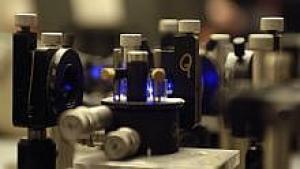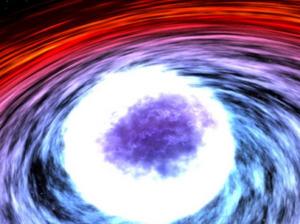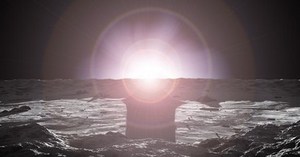Quantum cryptography may be essentially solved, but getting the funky physics to work on disciplined computer networks is a whole new headache.
Cryptography is an arms race, but the finish line may be fast approaching. Up to now, each time the codemakers made a better mousetrap, codebreakers breed a better mouse. But quantum cryptography theoretically could outpace the codebreakers and win the race. Forever.
Already the current state of the art in classical encryption, 128-bit RSA, can be cracked with enough raw, brute force computing power available to organisations like the US National Security Agency. And the advent of quantum computing will make it even simpler. The gold standard for secret communication will be truly dead.

|
| ©SECOQC
|
| SECOQC bank transfer demonstration.
|



